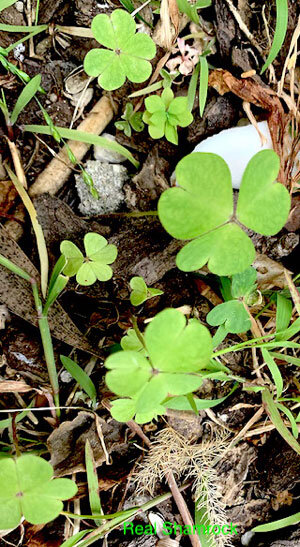A Sermon for Trinity Sunday
The Blessed Trinity in a Nutshell
The following is a very slightly abbreviated extract from a short book, “What Happens at the Mass,” written by an Irish Dominican, Fr. William Barden, and first published in 1950. Fr. Barden was an inspired and fearless theologian who taught dogmatic theology for many years at the Dominican House of Studies in Ireland. He was appointed and consecrated Archbishop Emeritus of Isfahan of the Latins, and moved to Teheran where he opened a house quietly serving the sparse Roman Catholic community in Iran. As old age and poor health took their toll, he returned to Ireland, contracted cancer and died on 1989. –Denys Horgan, San Diego Catholic Worker.
God’s giving love is most apparent to us in his dealings with the things of his creation. He loved them, and in loving them, drew them out of nothing. And then he loved them with a new and greater love, a love that was re-creative, that lifted his creature up to sharing in his own inner life. But in the very deep of God’s inner life, we can by faith observe this giving love, as it is the very law of the personality of each of the three Divine Persons.
In the intimate relationships of the three Divine Persons, we see that self-hood is no closed and lonely thing. We see the mystery of personality at its highest; and it consists in sharing, in communing One with Another. The personality of the Father is entirely other-regarding. Within the Blessed Trinity, Fatherhood, the looking to the Son, the uttering of the uncreated Word, is the Father. The self-hood, the personality of the Father, consists in His communicating the Divine Nature to His Image, who is His Word, the Son. And the personality of The Divine Word consists in no lonely self-sufficiency: He is always turned towards His Father. That is the profound meaning of the theological phrase the Son is Sonship. In an eternal colloquy the Father speaks You are my Son, I today have given birth to you, and the Son always knows His Father, You are my Father.
Together in this mutual regard of knowledge and love they breathe forth the Holy Spirit, and in doing so communicate the divine nature to the Third Person. They give the Spirit to Each Other—He is their Gift to Each Other, the pledge of Their Love. In giving to Each Other, they give the divine nature to Him. He is utterly the thing given. His personality consists in His being given.
The divine giving is not finished when the Father and the Son give the Spirit to Each Other and give the Divine Nature to Him. God by an absolutely free act of love drew the whole universe of creaturehood out of nothing. Thus, things share in a remote but real way in the Being— the Reality of God.
Julian of Norwich, had a very clear awareness of God’s natural and supernatural love for His creature. In simple words she manages to convey perhaps more powerfully than in the scientific language of theology something of the power of creative love. “Also in this he showed me a little thing, the quantity of an hazel-nut, in the palm of my hand; and it was as round as a ball. I looked thereupon with eye of my understanding and thought: ‘What may this be?’ And it was generally answered thus: ‘It is all that is made.” I marveled how it might last, for methought it might suddenly have fallen to nought for littleness. And I was answered in my understanding: ‘It lasteth and ever shall last for that God loveth it.’ And so all things have the Being by the love of God.”
St. Patrick is said to have used the Irish shamrock to instruct the High King of Ireland on the Mystery of the Blessed Trinity.“Just as the shamrock has three leafs on the one stem,” St. Patrick is said to have told the king, “so there are Three Divine Persons , the Father, Son and the Holy Spirit, in the One, True God.” The shamrock should not be confused with the four-leaf clover that some people believe brings them good luck.


